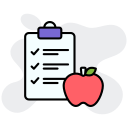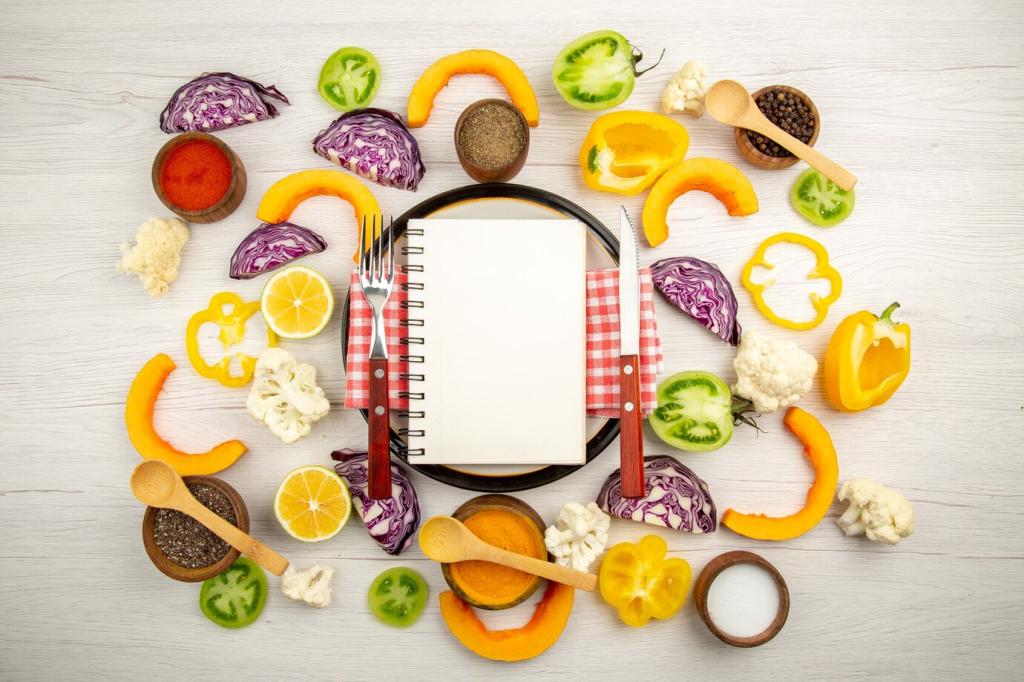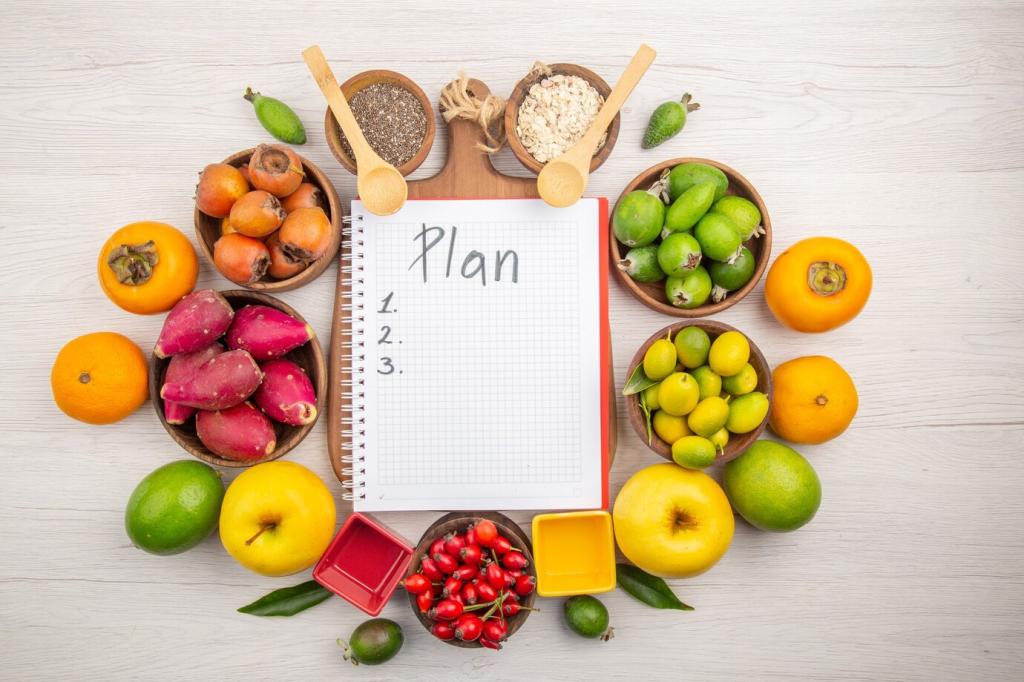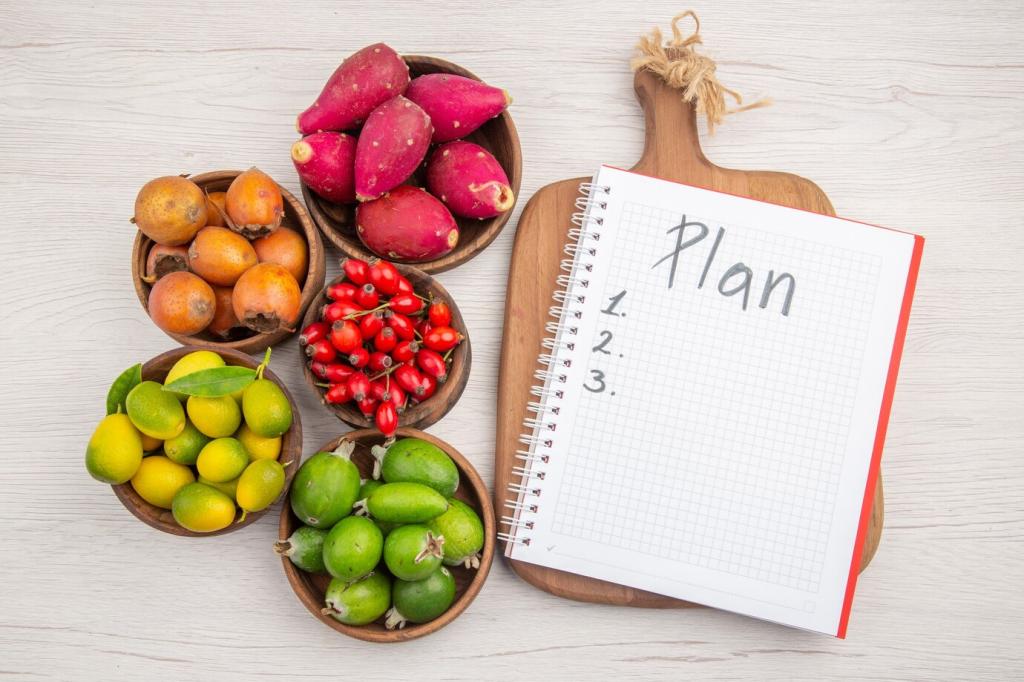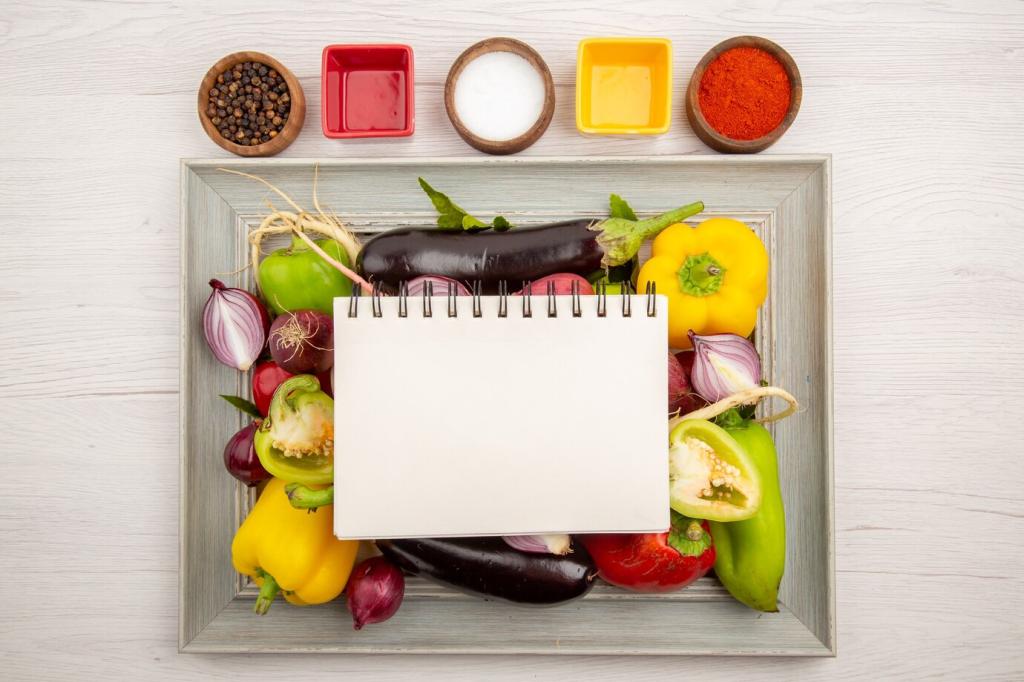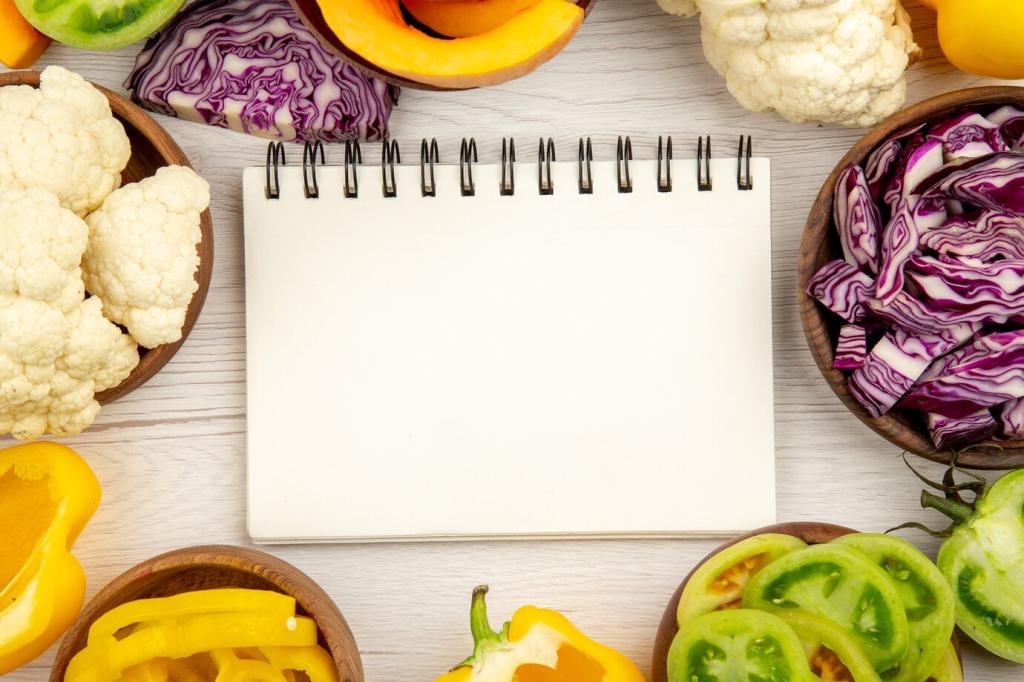Planning Made Simple
Half your bowl non-starchy veggies, a quarter protein like tempeh or lentils, a quarter whole grains such as farro or quinoa, plus a tasty sauce. Rotate textures and colors. This simple blueprint keeps nutrients balanced and meals exciting without extra mental load.
Planning Made Simple
Cook a big pot of beans, roast trays of vegetables, and portion grains into freezer-friendly bags. Blend a jar of tahini-lemon or peanut-ginger sauce. With components ready, you assemble balanced dinners in minutes, and weekday nutrition quietly takes care of itself.
